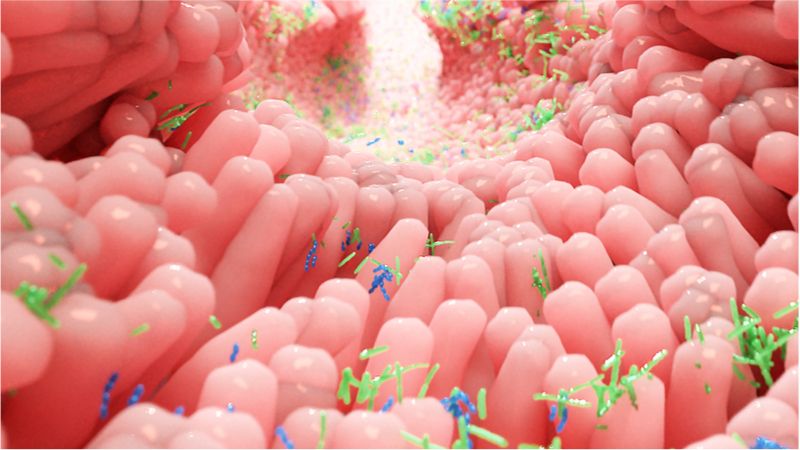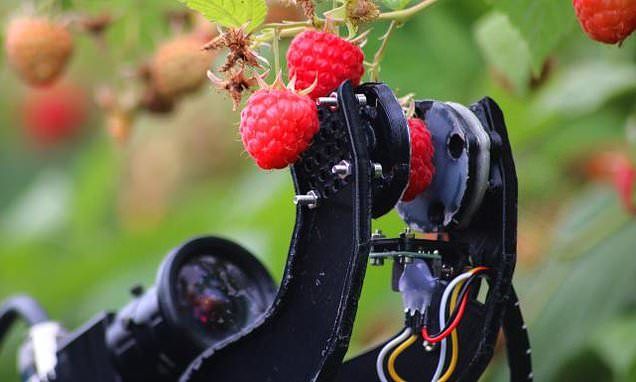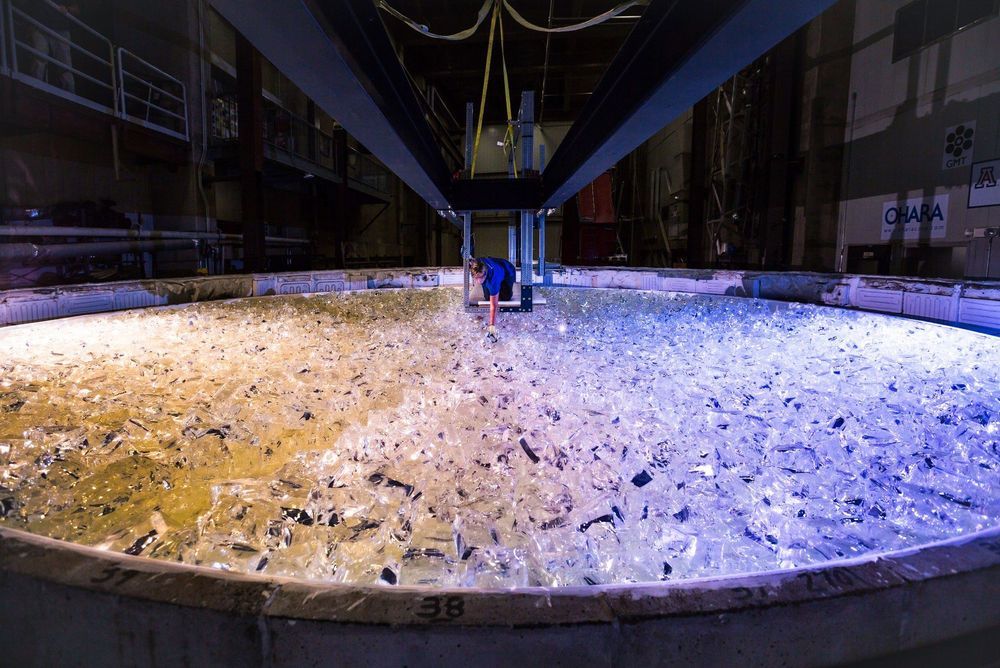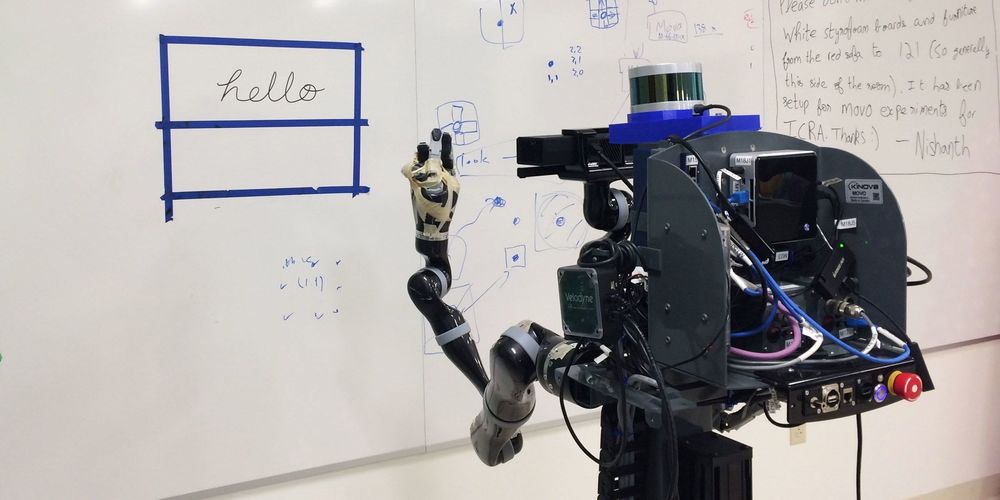May 27, 2019
Nutrient-Rich Diets May Lead to Dysbiosis and Age-Related Diseases
Posted by Steve Hill in categories: biotech/medical, life extension
The role that the gut microbiome plays in aging is increasingly being appreciated in the research world as more evidence arrives to support it. A new publication reviews the various supporting evidence and takes a look at the gut microbiome in the context of nutrient-rich diets and how they facilitate the progression of dysbiosis and disease [1].
What is the microbiome?
The microbiome is the varied community of bacteria, archaea, eukarya, and viruses that inhabit our guts. The four bacterial phyla of Firmicutes, Bacteroidetes, Proteobacteria, and Actinobacteria comprise 98% of the intestinal microbiome.
Continue reading “Nutrient-Rich Diets May Lead to Dysbiosis and Age-Related Diseases” »


















